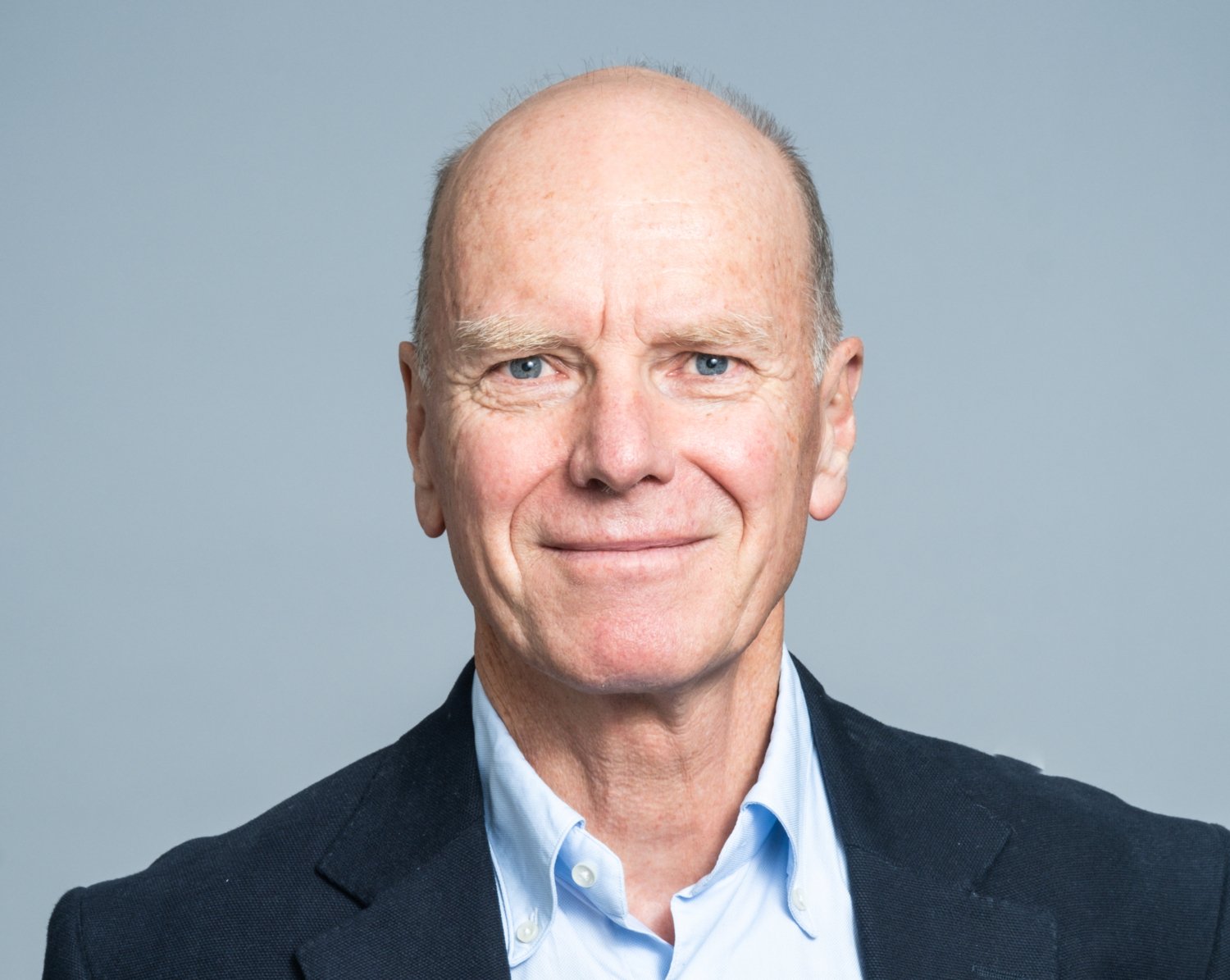Direct electrical stimulation impacts on neuromuscular junction morphology on both stimulated and unstimulated contralateral soleus

Lars Larsson, Professor and his research group, Basic and Clinical Muscle Biology, at the Department of Physiology and Pharmacology, in collaboration with Professor Wes Thompson and Dr. Young il Lee at Texas AM University recently published a study in J Cachexia Sarcopenia Muscle, regarding the effects of direct muscle electrical stimulation on the neuromuscular junction.
The severe muscle wasting observed in paralysed/immobilized intensive care unit patients has a significant negative impact on recovery and rehabilitation, and affects patient quality of life for many years after hospital discharge. Electrical stimulation of the patient’s muscles during hospitalization, that does not require the active participation from the patient, offers an attractive intervention aiming at mitigating the muscle wasting associated with modern critical care.
Deeply sedated, pharmacologically paralyzed and mechanically ventilated rats were exposed to unilateral direct electrical stimulation of a distal hindlimb muscle (soleus) for 8 days. The plasticity of the chemical synapse between motor nerve and muscle, the neuromuscular junction, was compared between unstimulated rats and rats electrically stimulated on the stimulated and unstimulated contralateral side.
The electrical stimulation had a restoring effect on muscle size and reduced the presynaptic glial and axonal sprouting compared with unstimulated rats. An unexpected observation was the similar effect on the neuromuscular junction in the unstimulated contralateral soleus muscle. This crosstalk between different muscles was mediated by systemic release of cytokines/chemokines from the stimulated muscle, says Ya Wen, Postdoctoral researcher.
The NMJ is a peripheral chemical synapse whose function and morphology are sensitive to acetylcholine (ACh) release and muscle depolarization.
The axonal and glial sprouting observed in response to long-term post-synaptic neuromuscular blockade was less extensive than previously reported in response to pre-synaptic blockade, indicating that the spontaneous ACh transmitter release and muscle to nerve interaction influence sprouting mechanisms.
